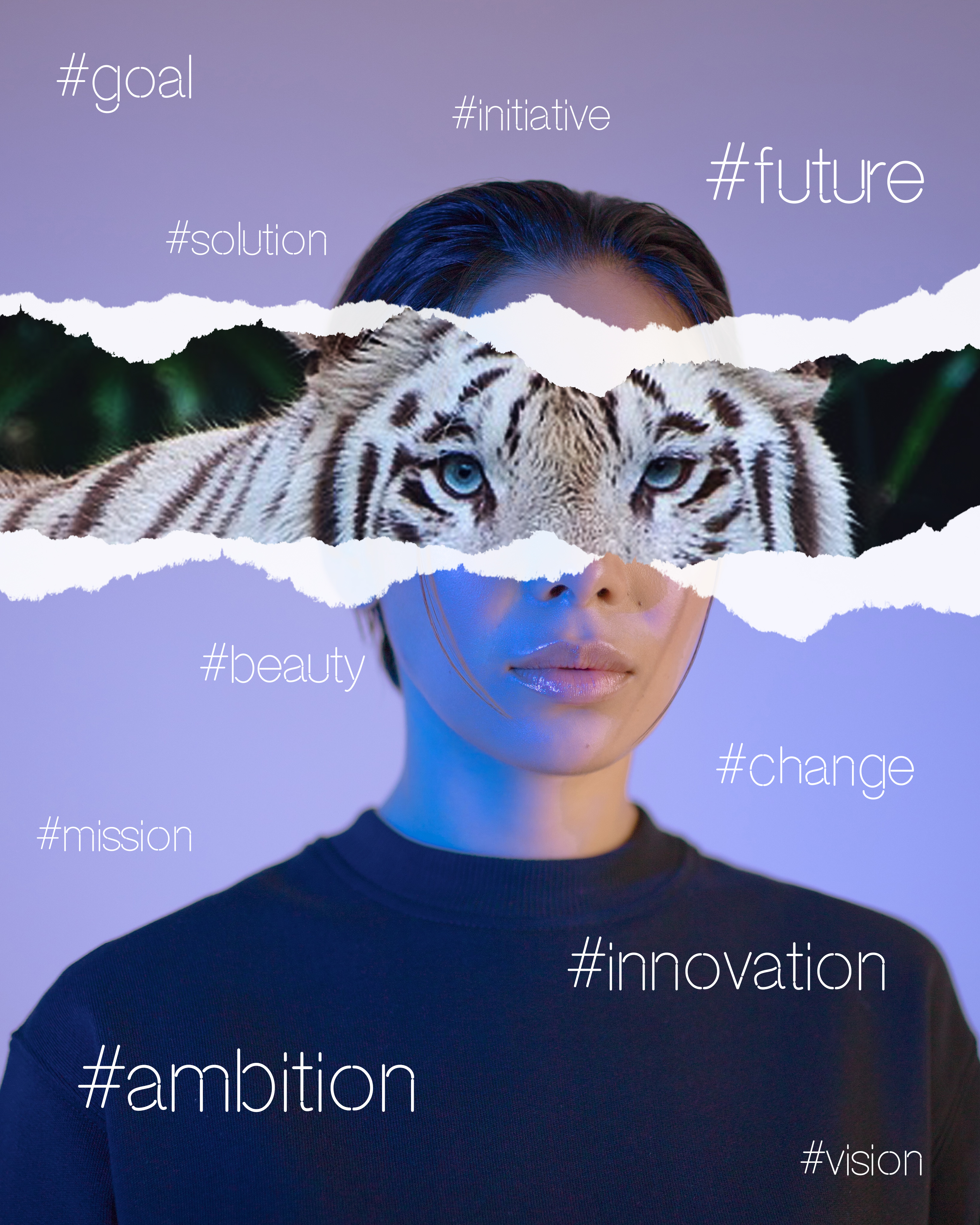Don’t worry, we are not holding a debate here today. We are not trying to argue whether mankind’s persistent pursuit for beauty, or, the serious life and death question animals face is more important. Of course, if we put it that way, we make it seem like we always have to sacrifice either one or the other to make this world a better place. It seems to put people into a dilemmatic situation where they have to measure their opportunity cost between opposing animal testing and always feeling like they are missing out. What is the value of your love towards animals anyway? And how much is your morality worth? Is it considerable enough for you to let go of all your favorite cosmetics products for the rest of your life? It will definitely make things so much easier if can give quantifiable answers to these questions, but we can’t. So, it is time to jump out of the box and come up with another way to escape this conflict. You will soon realize what a passive position we consumers are all in, and that the initiatives are certainly in the hands of cosmetic firms. So many alternatives to animal testing are available to companies that can allow us to work out how to get that ultimate glow without compromising animal wellbeing. They’re not just some undeveloped experimentations, many labs and organizations have emerged with successful practices and credible proven results.
In Vitro Methods
Worried about how those harmless-looking floral-smelling white stuff is going to do to your skin, but there are no safety references provided by animal testing? (Firstly, are you really checking the results from animal testing every time you buy beauty products? Secondly, it has been proven that those animal models are not at all predictive of human characteristics.) In Vitro methods can definitely ease all of your concerns. Imagine, organs on chips. All we need is just some human cells. A recent test named Corrositex – a sort of synthetic human skin – can for sure be widely adopted for allergy tests in new beauty products in the near future. And we have already seen some excellent work done by L’Oréal; the U-SENS method they developed in their labs in 2016 has been evaluated to be efficient and reproducible.
Computer Modelling
Then, you will be amazed by how accurate today’s computer models can predict the reactions of real human bodies. Have you heard of Tissue Metabolism Simulator (TIMES)? It is a magical skin sensitization model incorporated with skin metabolism to simulate the interaction of the testing ingredient with the skin proteins and come up with reliable results.
Human Volunteers
We promise you this is nothing like imprisoning humans in cages and experimenting drugs on them – like what you would expect from a typical thriller movie. We know it sounds horrible even though that is exactly what is happening to our beloved animal friends. Researching with human volunteers embodies embodies a humane aspect where humans can actually choose whether or not to be part of the experiments. And with the help of advanced brain imaging and recording techniques, studies of the human brain are always conducted in safe and sound conditions.

No Comments